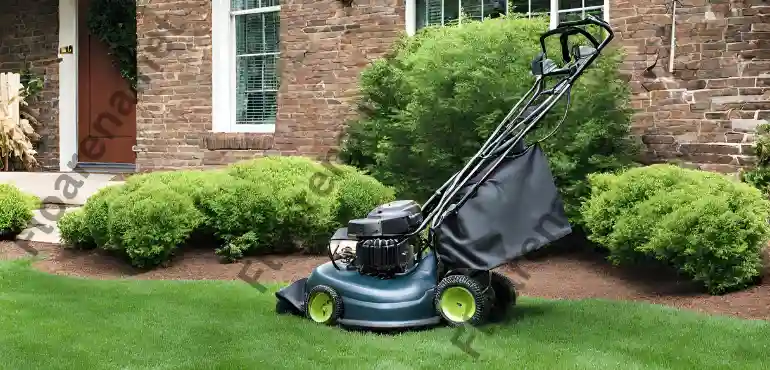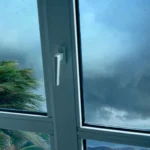Dethatching your lawn has both advantages and disadvantages. While dethatching can provide a healthier environment for your grass, the process also takes some time and effort. Understanding the key pros and cons can help you decide if dethatching is right for your lawn.
Key Takeaways
- Dethatching removes thatch buildup, promoting water, air and nutrient flow to grass roots. This can improve lawn health.
- The process is labor intensive and takes time, requiring work like raking and clean up. Proper timing in the growing season is important.
- Dethatching costs little if doing it yourself but can get expensive if hiring professionals. The investment can pay off through healthier grass.
- Aggressive dethatching can damage roots or leave bare spots if grass isn’t established. Gradually dethatching is lower risk.
- Dethatching equipment can require an investment. Consider renting or borrowing tools first.
Pros of Dethatching
Removes Thatch Buildup
- Thatch is the dense layer of stems, roots and debris between soil and grass blades.
- Over time thatch prevents proper air, water and nutrient absorption.
- Dethatching removes this layer, allowing better grass health.
Enables Proper Lawn Drainage
- Thatch traps moisture and prevents drying, which can cause fungal problems.
- Dethatching enables drainage, reducing fungal issues like snow mold.
Stimulates Stronger Roots
- Removes crowding roots to promote growth of deeper and stronger roots.
- Strengthens lawn resistance to traffic and drought.
Enhances Nutrient Absorption
- Clears thatch so fertilizers get to roots rather than accumlating in debris.
- Improves efficiency of nutrients applied to the lawn.
Makes Grass Greener
- Grass plants can better absorb necessary nutrients from soil.
- Minimizes competition for water and nutrients enables fuller foliage.
Reduces Some Lawn Pests
- Can minimize presence of lawn-damaging chinch bugs which thrive in thatch buildup.
- Enables more thorough application of insecticide if needed.
Cons of Dethatching
Labor Intensive Process
- Manual thatch removal requires significant raking, lifting and disposal of debris.
- Or hiring power equipment to dethatch can add cost.
- Process takes several hours for average lawn, longer for larger lawns.
Potential Damage if Too Aggressive
- Can potentially tear up roots and grass plants if not gradually dethatched.
- Best to dethatch consistently over time, not all at once.
Requires Proper Timing
- Best done when grass is actively growing to enable regrowth.
- Should be avoided during summer heat or drought which cause added stress.
Can Leave Bare Patches
- If grass isn’t established and thick, dethatching can remove plants leaving bare soil.
- Requires reseeding and watering to fill any bare, thin areas.
Initial Investment in Tools
- Dethatching rakes, powered dethatchers and other tools require an investment.
- Consider renting equipment first to test if DIY dethatching is for you.
May Require Ongoing Maintenance
- Thatch tends to continually accumulate from grass clippings, roots, etc.
- Plan to dethatch as an ongoing lawn care task, not just one time.
Key Tips for Dethatching Your Lawn
- Gradually dethatch over time for less risk to lawn grasses.
- Use proper dethatching tools like rakes, power rakes and dethatchers.
- Time dethatching when grass is growing to enable regrowth.
- Water and reseed any bare or thin patches after dethatching.
- Fertilize a few weeks after dethatching to energize grass plants.
- Adjust mowing height after dethatching since soil will be closer to blades.
- Continue dethatching periodically as thatch accumulates to maintain benefits.
Conclusion
Dethatching brings a long list of benefits related to healthier grass and fewer lawn problems. However the process takes work and risks damaging lawns if not done properly. Regular, gradual dethatching is ideal for building a lush, green lawn. Weigh the key pros and cons to decide if investing time in dethatching your lawn is right for you. With patience and care, you can enjoy a revitalized lawn.






